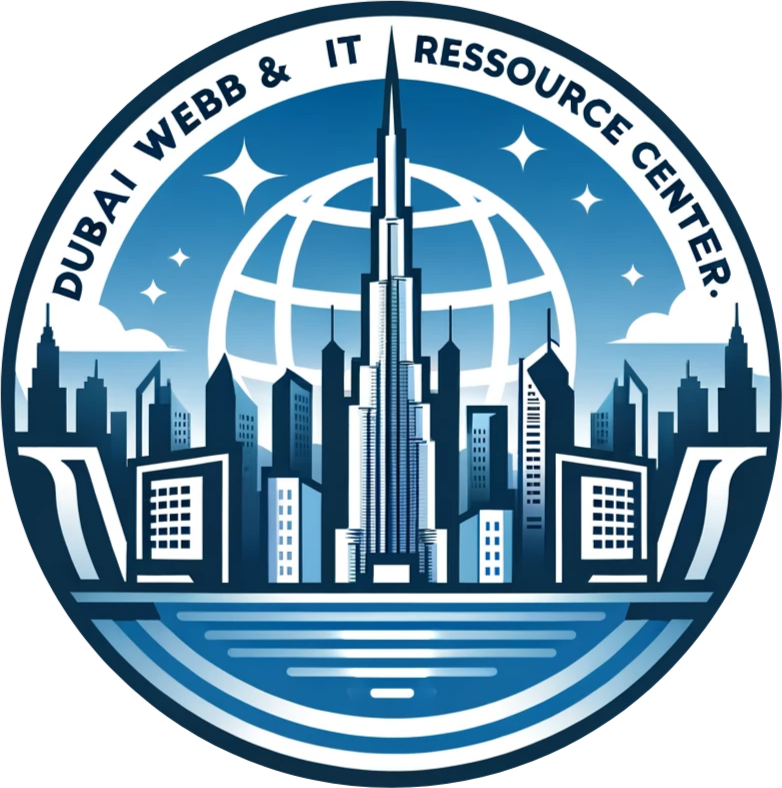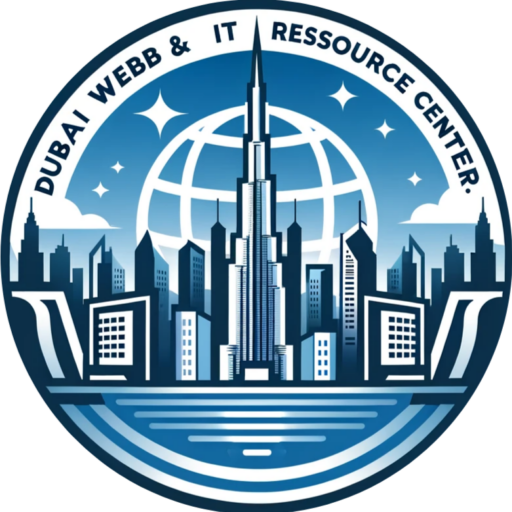Indeed, the automation of attendance management may be the backbone for improved productivity, accurate payroll, and healthy work culture in this fast business environment of ours. In its place, an old manual attendance register is replaced with a much more high-tech digital solution to easily track attendance. So what’s the way to identify the right kind of attendance management system for your business? This guide shall help to understand key considerations together with features one may look for in an ideal system.
What is an Attendance Management System?
This is therefore termed an attendance management system that represents a digital tool where the attendance, working hours, breaks, and absences of employees are recorded in real time. It automates procedures that were formerly carried out manually thereby reducing human error and establishing clear transparency. A proper attendance management system can provide you with insight into understanding employee productivity punctuality and time management in the workplace.
Key Considerations for Choosing an Attendance Management System
When selecting an attendance management system for business operations, the organization has to consider the following factors;
1.
Business Size and Needs
Assess the size of your business first. Any small business attendance management system may vary from what a large corporation may need. Small businesses will require a system that is user-friendly and yet easy to use, while bigger businesses will require robust systems with higher features such as integration into a payroll package, support for scalability, and multi-location support.
2. Cloud-based vs. On-premises Systems
It depends on the needs of the business. This one goes for either cloud-based attendance management or it gets installed on the local servers as an on-premises one. A cloud-based one is mostly about accessing data directly from any place. Updates will happen automatically, and it’s easier to scale up in numbers. That one, which gets installed on the local servers, seems to provide a bit more control over the security of the data but may be expensive and hard to scale in number.
3. Ease of Use
Additionally, the best attendance management system should be intuitively simple to work for employees and administrators. A more complicated system or one that would call for extended training would do more harm than good. Seek software with an easy user experience complete with clear, easy navigation and functionality.
4. Payroll and HR System Integration
A good attendance management system will be scalable and should easily integrate with the payroll and other existing HR systems. There is no manual re-entry of similar information to the payroll and the HR system, and thereby no chance for discrepancies in attendance records and payroll. The attendance data will automatically be sent to the payroll software so that salaries are correctly calculated without human error.
5. Mobility End
It shall also enable employees to mark attendance through smartphone applications because in today’s mobile-driven world employees must be able to check their attendance from their smartphones. With a mobile-friendly attendance management system, the attendance of the employees can be marked remotely, and therefore, it is appropriate for remote offices or firms that spend most of their time on the road. The system should also enable managers to see reports and approve attendance from the mobile phone of a manager.
6. Security and Data Privacy
An effective attendance management system needs proper data safety controls. Attendance data is sensitive; hence the system needs to have encryption, role-based access controls, and proper data storage for safety. Businesses need to comply with local regulations related to data privacy, such as GDPR. Thus, make sure that the attendance management system complies with all data safety regulations in the country and region of your business.
7. Customization
Every business is unique in its needs, and the best system to be used for attendance management must be scalable to accommodate those unique needs. Ensure that the software you will opt for allows customization in terms of policies usually referring to various rules on attendance by departments-reporting formats and user access levels. That would enable the system to fit your business model and grow with your company.
8. Scalability
The size of the company would most likely vary over time; hence, it should have an attendance management system that can be scalable. A system that suits a company having 50 employees might not suit one having 500. A scalable system would keep you from adding new users or features during company expansion, thereby requiring you not to invest in a completely new system in the future.
Features to Consider in an Attendance Management System
Now that you know what to consider when making a choice, let’s consider some of the most important features that your attendance management system should include:
1. Biometric Integration
For instance, biometric authentication, such as fingerprint or facial recognition, is to provide a more secure and foolproof way of attendance tracking. This feature eliminates buddy punching, where one employee signs in for another, and ensures that who is signing in is actually present.
2. Leave Management
The leave management system in attendance management will allow direct submission of leave applications from the employees. Meanwhile, approvals or rejections for this application will go directly to managers, and in addition to this, they will get an accurate calculation of leave balances.
3. Overtime Tracking
These companies may employ some overtime for some employees, which shall be recorded in detail by the system. Such time recording has a lot of importance in ensuring that employees receive their wages correctly and the organization adheres to legislation relating to labor.
4. Real-time reporting
Best performance attendance management systems will have real-time reporting. This means you will know, in real-time, which of your employees is on-site, not on-site, and those who actually contribute. You get customizable reporting in such a manner that you can generate reports either by department, individual or by a specific period. From here, you can be able to pinpoint some trends that exist within the employee profile, for instance, frequent tardiness or absenteeism.
5. Geofencing
If one has employees that move in the field or happen to have a distributed team, geofencing ensures that the employees can only clock in or out in certain places. To do this, it employs the use of GPS in tracking where the employee is when clocking in or out thus reducing fraudulent time entries.
6. Automatic Notifications and Reminders
A good attendance management system automatically reminds the employees to clock in or out as well as lets their respective managers know when an employee will miss his deadline. These notifications keep the employees accountable, and their attendance will also be right.
7. Economical
Make sure you choose a system that includes all the features you require, but don’t forget the cost. Compare the current pricing plans and see if the system offers any trial period or demo to check the worth before buying it.
Best Attendance Management Systems for Companies
There are many attendance management systems available today, each with its features and price plan. Some of the most popular ones include:
- Keka Provides all-in-one HR and payroll solutions with really awesome attendance management features.
- Zoho People Is designed with a focus on being simple and easy to integrate into any business tool from the suite at Zoho.
- BambooHR Perfect tool for smaller and medium-sized businesses, the leave management and reporting functionalities are fabulous.
- TimeCamp Extremely user-friendly system for tracking time and attendance; it is perfect even for remote teams.
ADP Workforce Now is a comprehensive human resource management system involving payroll, attendance, and review of performance.
After all, choose the right attendance management system for your business, taking into consideration what your company’s needs are and in what direction it will be growing and expanding. First and foremost, it must be user-friendly; it has to integrate with the payroll and HR systems already in use; support mobile access; and provide robust security: with this in mind, your chosen solution should help to streamline operations, slash manual effort, and ensure accuracy in your attendance tracking.
Proper management of attendance can ensure that the business is in compliance, saves time, and maximizes productivity. With this, the UAE business, or any business from around the world, can achieve just that.


